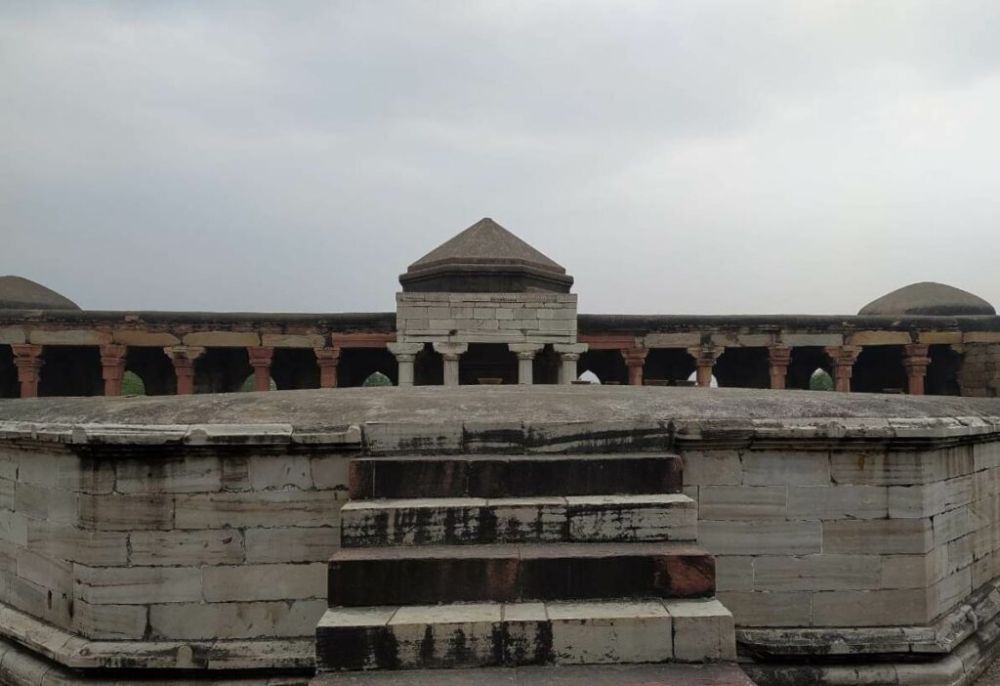

Located in the Vasant Kunj area of Delhi, Sultan Ghari's Tomb is a significant historical monument and a hidden gem within the bustling city. Built in 1231 AD, the tomb is renowned for being the first Islamic mausoleum in India. It was commissioned by Iltutmish, who was the Sultan of Delhi from 1211 to 1236 AD, for his eldest son Prince Nasiru'd-Din Mahmud.
Delhi's history as a tourism destination is expansive, with influences from various empires and dynasties such as the Mughals and the British. The city became more accessible to global visitors post the establishment of British Raj, which brought infrastructure and an international outlook to India's tourism sector.
The Sultan Ghari Tomb, however, remained relatively less known as compared to more prominent landmarks like Qutub Minar or Humayun's Tomb. It wasn't until more recent times that efforts by the Archaeological Survey of India (ASI) and local authorities have gradually increased awareness about this ancient site.
The tomb, built as a fortress with a unique octagonal shape, showcases a fusion of Indian and Islamic architecture. It's surrounded by an enclosure and gives the appearance of a small fortified citadel which was novel for its time. The tomb is revered by both the local Muslim population and history buffs due to its cultural significance and medieval architecture.
In recent years, there has been a surge in interest for lesser-known historical sites in Delhi, among which the Sultan Ghari Tomb stands out. With the growing trend of experiential travel, tourists are seeking unique stories and unexplored spots, giving the tomb a new lease on life as a tourist attraction. Sustainable tourism practices are also becoming prominent, with visitors and agencies focusing on minimizing their impact on these ancient sites.
Additionally, the rise of social media has influenced tourism trends significantly. More travelers are inspired to visit off-the-beaten-path locations they see online, and the Sultan Ghari Tomb has benefitted from this trend, with visitors coming to capture its ancient mystique for their digital memories.
For those looking to visit the Sultan Ghari Tomb, it is open to visitors every day except Friday. The monument offers a peaceful retreat from the city's hectic life and provides an opportunity to delve into Delhi's rich historical tapestry. Whether you're a history enthusiast or a casual traveler, the Sultan Ghari Tomb's quiet dignity, and arresting architecture are sure to captivate.
With the ongoing efforts to preserve and promote the monument, the tomb is increasingly becoming part of Delhi's tourism narrative, inviting tourists to experience a part of India's vast and diverse cultural heritage.